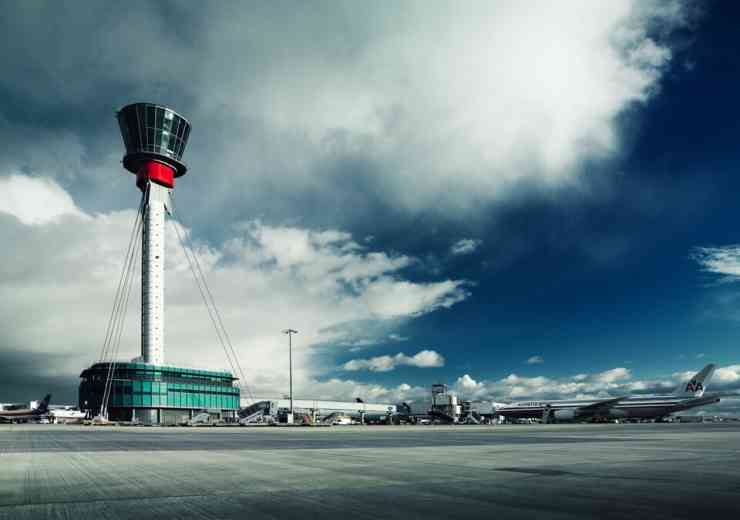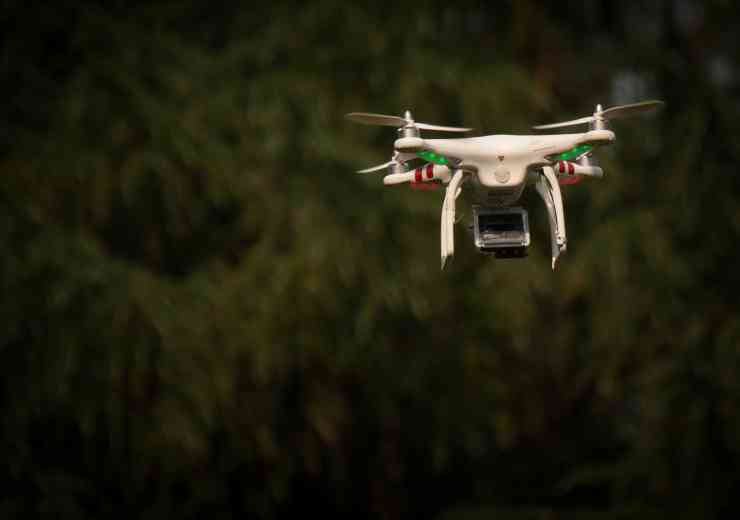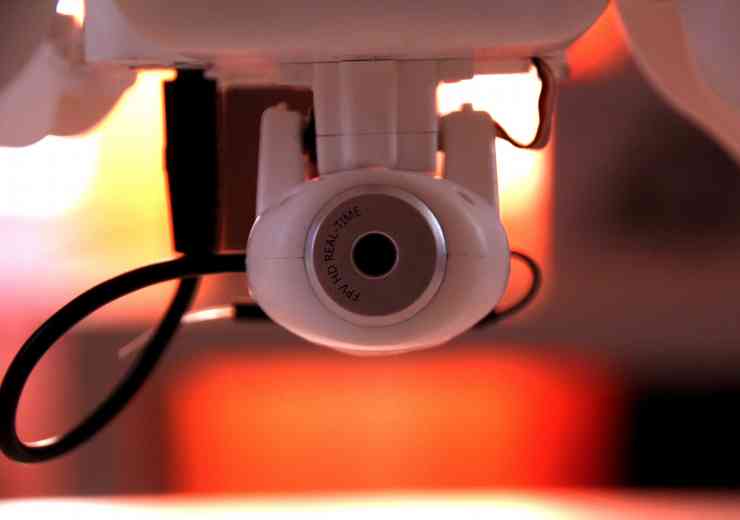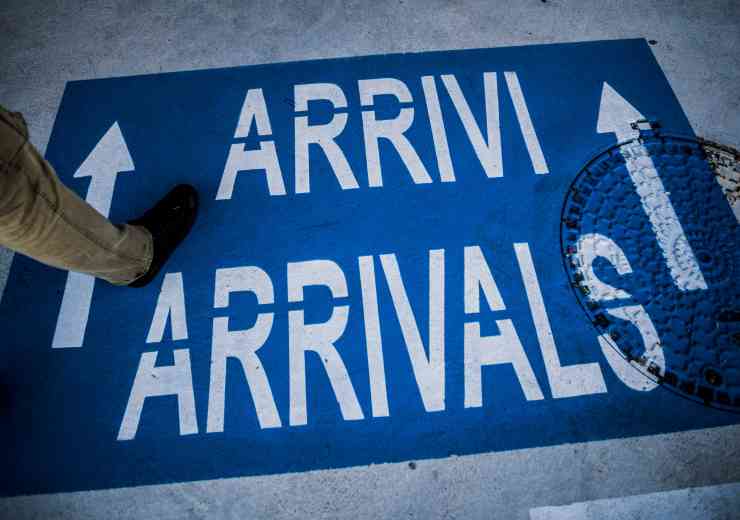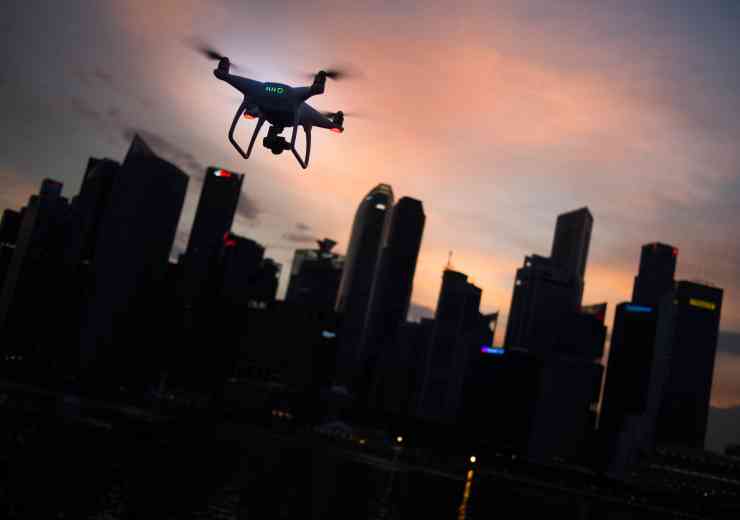
The application of UAVs in managing port security
Risto Talas and Tom Ellis, from the University of Portsmouth, write an article alongside Commander Suwaid Al Abkal, Kuwait Navy, discussing the application of UAVs in port security with a view to enhancing security and complimenting existing security regimes
Unmanned aerial vehicles (UAVs), also known as drones, have proliferated due to improvements in the weight and power of batteries and electric motors. UAVs are now common among hobbyists, commercial organisations involved in survey work and film and photography. UAVs are now beginning to be deployed more in the monitoring of safety and security and this study aims to reveal the extent of this as applied to maritime ports.
Types of UAV
There are numerous types of UAVs and drones currently in operation. From nanodrones, microdrones and minidrones, which are widely available for purchase by civilians, to small range and long-range Medium Altitude and Long Endurance (MALE) and High Altitude and Long Endurance (HALE) drones, which are typically employed by military forces. All these vehicles have some similarities, such as the lack of humans aboard them and control via radio/infrared communication.
The ranges, weights, payloads and altitudes of these vehicles also vary. Their power units offer flight times of between 12 minutes and over 24 hours; their maximum take-off weight ranges between 0.4 kg and more than three tons; and they can fly between heights of 30 metres and over 10km. Talas (2016) states that the current regulations for the commercial flying of UAVs differ from nation to nation. In the UK, UAV regulation is governed by the Civil Aviation Authority’s (CAA) Unmanned Aircraft System Operations in UK Airspace: Guidance. This guidance, also known as CAP722, states that UAVs operating in the UK must meet at least the same safety and operational standards as manned aircraft. UAVs are classified into three categories: those which weigh up to 20kg; those which weigh between 20kg and 150kg; and those which weigh more than 150kg.
In the UK, drone hobbyists are not required to register their UAVs and nor do they need operating permission from the CAA or a pilot qualification. Furthermore, drones must not be flown within 50 metres of people or over or within 150 metres of any congested area or of an organised open-air assembly of more than 1000 persons. The drone must be flown in visual line of sight so that direct, unaided visual contact can be maintained with the aircraft, which is sufficient to monitor its flightpath in relation to other aircraft and persons on the ground. The drone must remain within 500 metres horizontally and no more than 400 feet vertically from the operator. If a drone operator, including commercial UAV flights, wishes to fly within 50 metres of people, or 150 metres of a congested area, then prior permission must be obtained from the CAA. Where UAVs are deployed for commercial purposes, it is also necessary for the pilot to have undergone training for at least the basic national UAS certificate for small unmanned aircraft.
In a port, a UAV could be deployed on regular perimeter checks to assess any fence-line breaches or to overfly buildings to check that roof access doors have not been left open. Furthermore, checks can be made from the air on any restricted areas in the event of the failure of another detection system, such as CCTV cameras.
Potential to be exploited by terrorist organisations
The constantly growing market in commercial UAVs raises concern among specialists who perceive the increased risk posed to security. The fact that UAVs are largely available for virtually anyone increases the possibilities for them to be misused for reconnaissance and surveillance for criminal purposes. The level of development which permits these devices to carry elaborate imaging equipment and consistent payloads generates additional reasons for concern. The price of this equipment is another feature which renders them highly accessible to the general public. Moreover, it is highly probable that the rapid expansion of the market will push the prices down even further.
Specialists in the field point out that there are already UAVs available for under €900 that can transport a payload of approximately 1kg, that can fly for at least 5km, and that have full GPS. If the UAVs are equipped with both GPS systems and autopilot, then they can be used to fly independently according to pre-established routes to deliver any type of payload.
The following categories represent some of the key security risks generated by UAVs:
Reconnaissance and surveillance – UAVs could be used to identify potential targets or to conduct surveillance missions to inform their operator of the actions undertaken by legitimate individuals from private, public or military establishments. The increased number of unregistered civil UAVs makes it difficult to rapidly establish whether such a device is operated for recreational use, in order to support news-gathering and other similar activities, or if it serves criminal intentions.
Smuggling – since some UAV models can carry significant payloads, one of the existing concerns is that these vehicles could be used for the transportation of illicit goods. There have been events which motivate these concerns; most of them intended to introduce different materials into prisons or to transport drugs across borders.
Kinetic attack – this type of threat is also related to UAVs’ ability to carry a payload. The nature of the payload correlated with the intentions of those operating the vehicles determines the nature of the risk they pose. If the payload consists of guns or explosives which are flown into people or structures, then such an attack may result in loss of life or material loss. The list of potential targets is virtually unlimited, but, importantly, these could include important and strategic infrastructure.



